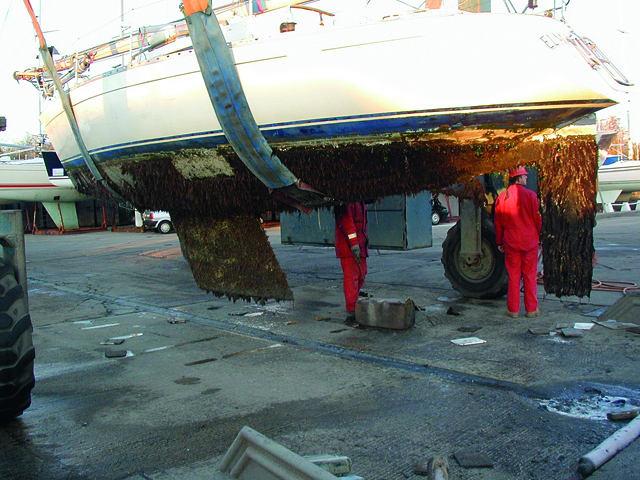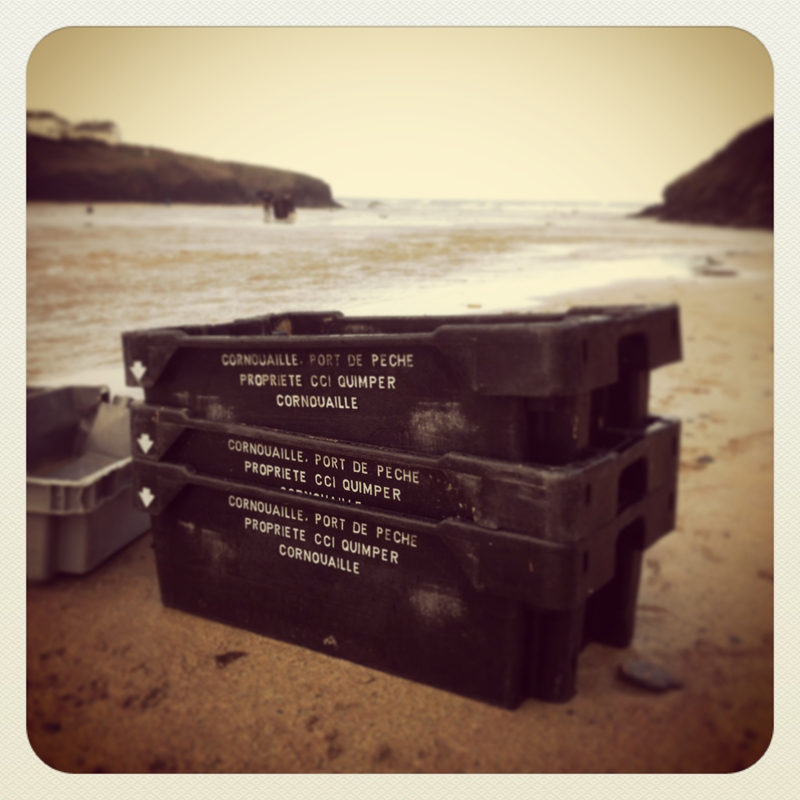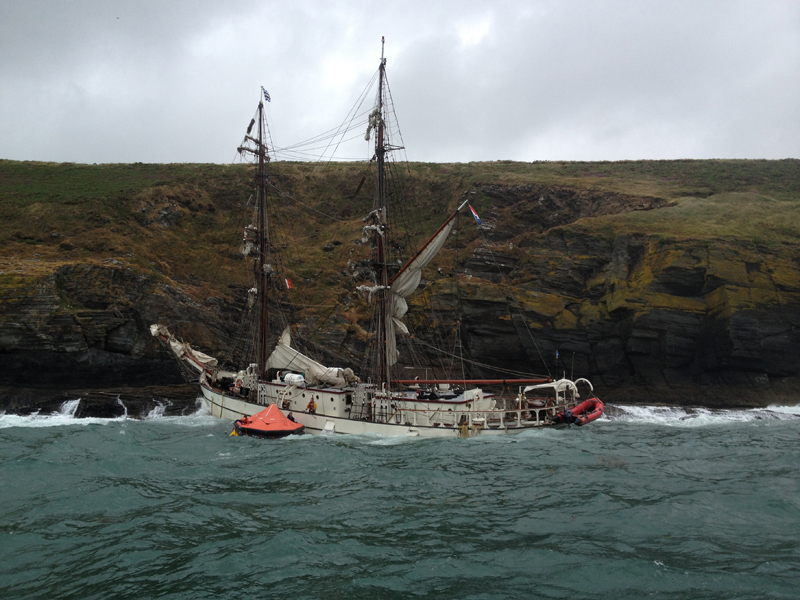An uncharted wreck of a WWI German submarine, missing in action since 1915, has been officially identified three years after being discovered off the coast of Norfolk and Suffolk.
Survey teams from windfarm developers ScottishPower Renewables (SPR) and Vattenfall spotted the wreck in September 2012 while seabed scanning for the development of windfarm projects in the East Anglia Zone.
Yesterday it was announced that the wreck has been officially identified as German submarine, U-31, which left for patrol on 13 January 1915 never to return. The wreck is approximately 90km offshore in the North Sea but sits on the seabed at a depth of only 30 metres.
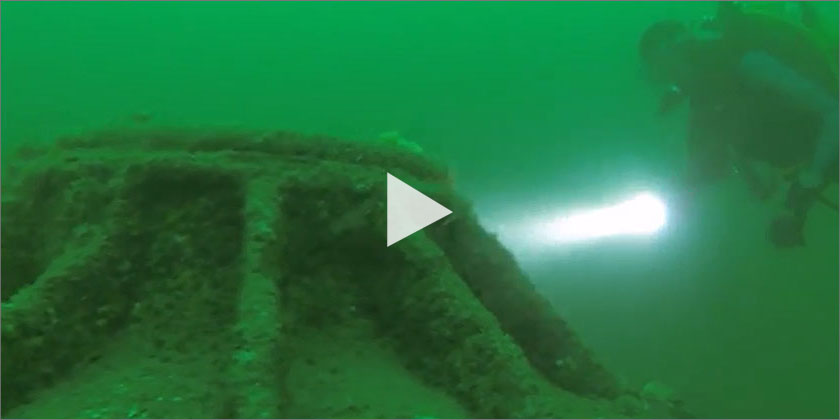 Credit: Lamlash North Sea Diving
Credit: Lamlash North Sea Diving
SPR and Vattenfall used advanced sonar technology to scan over 6,000km2 of the seabed in the Southern North Sea over two years.
Although more than 60 wrecks were discovered during the scanning work, most of these were anticipated, but the uncharted submarine 90km from shore was entirely unexpected.
Andy Paine, Vattenfall project director of East Anglia Offshore Wind Farm said: ‘Following the discovery the team reported its findings to the relevant authorities, including RoW (Receiver of Wreck) in the UK.
‘The seabed scanning had been undertaken by Netherlands-owned company Fugro, and their team made us aware of the Dutch Navy’s hunt for its last remaining missing WWII submarine.
‘We were all extremely keen to make contact with the Dutch Navy to see if this could be the submarine they have been looking for over so many years: could we at last have solved the mystery?’
The Royal Netherlands Navy was duly notified to investigate whether it was Dutch military submarine HNLMS O13, which went missing in action in June 1940, after the crew were tasked to patrol the waters between Denmark and Norway.
The wreck discovered within the East Anglia Zone is 57.6 metres in length, 4.1 metres in width and 4.6 metres in height and the bow appears to be facing south. Damage was observed at the bow and the stern, so the original length could be slightly longer than it appears and debris surrounding the wreck suggests a more likely length of over 60 metres (but less than 70m).
GoPro footage taken by the Dutch Navy divers highlighted clear images of the conning tower and deck lay-out, which suggested the wreck was of German origin. From German drawings it was identified that this was a WWI German submarine: Type U-31. A database of reference books shows that only U-boats U-31 and U-34 had been lost in this area of the North Sea.
Mark Dunkley, marine archaeologist at Historic England said: ‘SM U-31 was commissioned into the Imperial German Navy in September 1914. On 13th January 1915, the U-31 slipped its mooring and sailed north-west from Wilhelmshaven for a routine patrol and disappeared. It is thought that U-31 had struck a mine off England’s east coast and sank with the loss of its entire complement of 4 officers, 31 men.
‘U-31 was the first of eleven Type U-31* submarines built between 1912 and 1915. The class were considered very good high sea boats with good surface steering; 8 were sunk during operations while 3 surrendered and were scrapped after the war. Of those lost during operations, the whereabouts and fate of two, including U-31, was unknown.
‘The discovery and identification of SM U-31 by ScottishPower Renewables and Vattenfall, lying some 91km east of Caister-on-Sea, Norfolk, is a significant achievement. After being on the seabed for over a century, the submarine appears to be in a remarkable condition with the conning tower present and the bows partially buried.
‘Relatives and descendants of those lost in the U-31 may now take some comfort in knowing the final resting place of the crew and the discovery serves as a poignant reminder of all those lost at sea, on land and in the air during the First World War.’
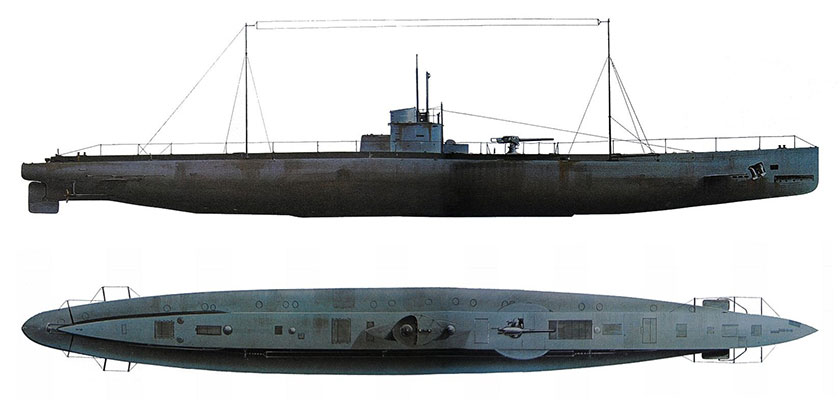 Credit www.militaryhistory.x10.mx Sakhal 2012-2016
Credit www.militaryhistory.x10.mx Sakhal 2012-2016
Commander (Retired) Jouke Spoelstra of the RNLNavy/Submarine Service, who heads up project ‘Search for O-13’ added: ‘Whilst it was disappointing from our perspective when we realised the wreck was not that of O-13, we conducted several dives with divers of the minehunter HNLMS Makkum and with a REMUS UAV sonar team with the aim to achieve clearer footage of the wreck and undertake investigative work to ascertain its identity.
‘It wasn’t an easy job and several dives were required before any real progress was made due to the sea conditions surrounding the site meaning we couldn’t obtain any evidence revealing the exact identity. Fortunately on a recent dive undertaken by the Lamlash North Sea Diving team they had good conditions and so were able to achieve clear footage and finally identify the wreck.’
ScottishPower Renewables’ project director for the East Anglia ONE windfarm Charlie Jordan said: ‘The scanning team were expecting to see wrecks, but such a discovery was quite a surprise and has been extremely interesting.
‘Unravelling the whole story behind the submarine has been fascinating and it’s heartening to know that the discovery will provide closure to relatives and descendants of the submariners lost who may have always wondered what had happened to their loved ones.’
As an official military maritime grave, the wreck of U-31 will remain in its final resting place and plans for any offshore windfarm development will be progressed ensuring no disturbance to the area.
Historic Henry V shipwreck found in Hamble River
Historic England is taking steps to protect and investigate a shipwreck in Hampshire that is believed to be the second…
Wreck to Transat racer
Is racing across the Atlantic in a boat bought with a student loan really feasible? Here's the story of PBO…
Divers made to pay £63,500 for undeclared shipwreck raids
It's thought the combined value of the treasure found was more than £250,000
Warning to wreck scavengers: Report it or risk £2,500 fine
Equipment has been taken from a French fishing boat that washed up after a dramatic rescue
Wreck of motor cruiser raised
The luxury motor yacht Kahu caught fire and sank on Bonfire Night
Tall Ship Astrid wreck to be raised
The Irish Coast Guard has agreed to a salvage plan
Unmanned boat wrecked during attempt to cross Atlantic
Retired NATO scientist's boat was damaged just hours after departure
Wreck found in search for missing solo sailor
Believed to belong to 65-year-old yachtswoman
Four boats lurched to a halt as their keels touched the infamous wreck
It may not be the windiest of events on record, and it's unlikely any records will be broken, but as…






